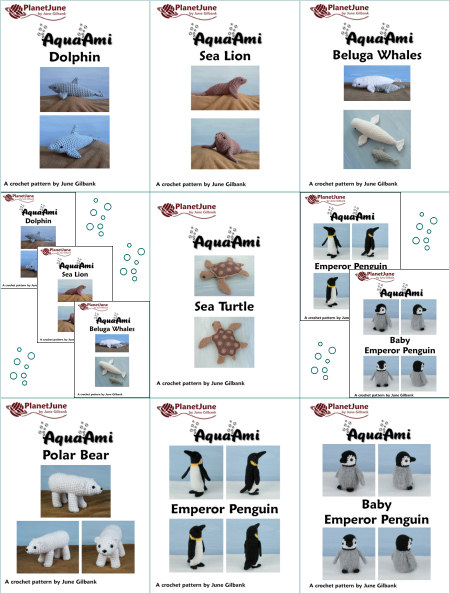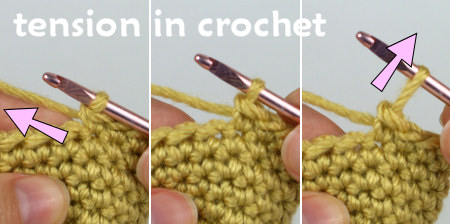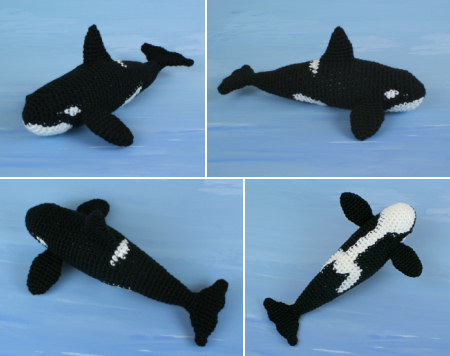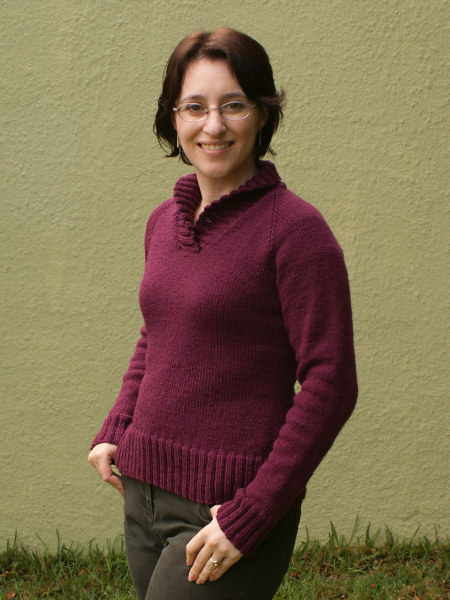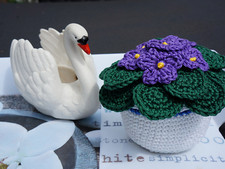
The May Flowers CAL included all my botanical patterns: flowers, plants and fruit. As you’ll see below, the clear winner for ‘most popular pattern’ this month was my African Violets – the first potted plant I ever designed! Now, roundup time! (And don’t forget to keep reading to the end for the June CAL details…)

